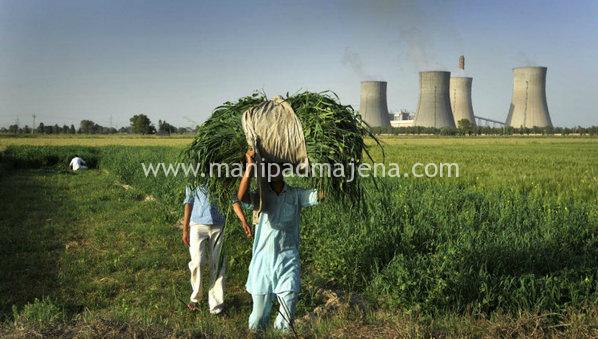
[NEW DELHI] A global report ranks India, the world’s second most populous country, at the 10th position among countries in Asia at climate risk, based on the impact of extreme environmental events documented from 1980—2013.
The Global Sustainable Development Report 2015 (GSDR) released this month (February) by the Delhi-based The Energy and Resources Institute (TERI) while ranking 193 countries, places Mozambique at the highest spot globally on climate risk, followed by Sudan and North Korea.
Most South Asian countries figure within the top quarter of the 193 countries at climate risk and are among the top 20 within Asia. Bangladesh ranks third while Sri Lanka, Nepal, Bhutan and Pakistan are 14th, 15th, 16th and 17th respectively.
“This is probably the first-ever study assessing progress of all regions and countries of the world covering climate risk, climate mitigation and climate adaptation,” says Rajendra Kumar Pachauri, director general of TERI and, until his resignation this month, chair of the Intergovernmental Panel on Climate Change.
The report suggests an increasing trend in the recent decade of natural disasters, more specifically hydro-meteorological or climate related. There was a 10-fold increase from 50 to 525 extreme weather events over 26 years from 1975—2002.
In the 60-year period between 1970 and 2030, Asia will have a major share of extreme events of floods, cyclones and sea level rise, the report says. By 2050 sea level rise will hit Asia the most, affecting 83 million people, compared to 16.5 million in Europe, 9 million in North America and 6 million in Africa.
By 2011, 95 per cent of deaths and most economic damages were reported from developing countries. “This will remain so in the near future or may increase,” says the GSDR.
Since 1971, around 825,000 people in South Asian region died in natural disasters, while direct damages were over 80 billion dollars. In the past decade alone, nearly 700 million people, half of the region’s population, was affected by one or more disasters, concurs Disaster Risk Management in South Asia: A Regional Overview, World Bank’s 2013 report.
Quantifying future economic losses to climate events, the Asian Development Bank’s 2014 study finds South Asia losing the equivalent of 1.8 per cent of annual GDP by 2050. The Maldives and Nepal will be the hardest hit, with projected GDP losses of 12.6 per cent and 9.9 per cent, respectively by 2100.
Jaco Cilliers, UNDP’s India country director, tells SciDev.Net that India is beginning to mainstream policies that save lives and help communities to prepare long-term resilience through safe, low-cost housing, alternate livelihoods and climate resilient farming.
